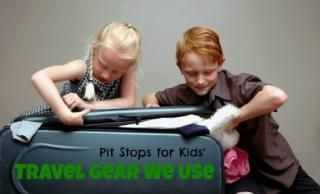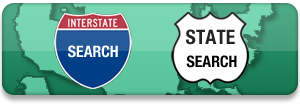More and more family ski resorts are now offering First Tracks ski tickets. What is First Tracks? It’s a ski ticket add-on that allows the bearer to access the slopes earlier than the general public. Usually, First Tracks programs start at 7:30 am, allowing skiers first access at groomed and powder terrain before the lifts begin turning at 9 am. First Tracks tickets are fairly spendy at approximately $75 per person (lift ticket not included), and are usually limited to a small number of skiers and snowboarders. Some First Tracks programs set an age limit (usually 13), while others welcome kids of any age, provided they are intermediate to expert skiers, and accompanied by an adult. When (and why) are First Tracks tickets worth the money? Read on!

Upgrade to First Tracks when your time on the mountain is tight.
Last season, I skied First Tracks at Canyons Resort in Park City, Utah, and from 7:30 to 9 am, I skied seven long runs…over twice what I could accomplish during public hours. If you’re skiing a resort for only a day or so, or visiting during a peak season, such as spring break or Christmas, First Tracks allows you to get a significant amount of quality skiing in early in the day. We always remind travelers that time is money at Pit Stops for Kids, and First Tracks is a perfect example of maximizing your time with a moderate investment.
Upgrade to First Tracks when extra perks are included.
Nearly all First Tracks programs include breakfast at an on-mountain restaurant included with your ticket price, but First Tracks at Canyons provides an unique opportunity: skiing with an Olympian. Canyons Resort pairs their Olympic Ambassador program with their First Tracks offering, which means that with every First Tracks group skies an Olympic skier or snowboarder. I had the honor of skiing with Lake Placid’s Holly Flanders, which was not only a thrill, but a great source of Canyons information: Holly was able to take us to the best runs and glades, and was a wonderful ski companion.
Upgrade to First Tracks when the rest of your ski day will be slower-paced.
If you have babies, toddlers, or small children on your ski vacation, you’ll likely be spending a fair amount of time on or near the bunny slopes (or at least signing kids in and out of childcare and ski school). A First Tracks upgrade is a great way to give the adults what they crave: great skiing, even when skiing with young kids. On a trip to Jiminy Peak, MA, our east coast editor Kate Lepore skied First Tracks while her kids were in childcare…which allowed her to experience more of the mountain before taking over preschool ski duties.
Before you go: Not all ski resorts offer First Tracks, and those that do are on a limited schedule (most offer it two times per week). First Tracks age limitations and pricing varies, and most require reservations. If you do take the spurge, enjoy!
































